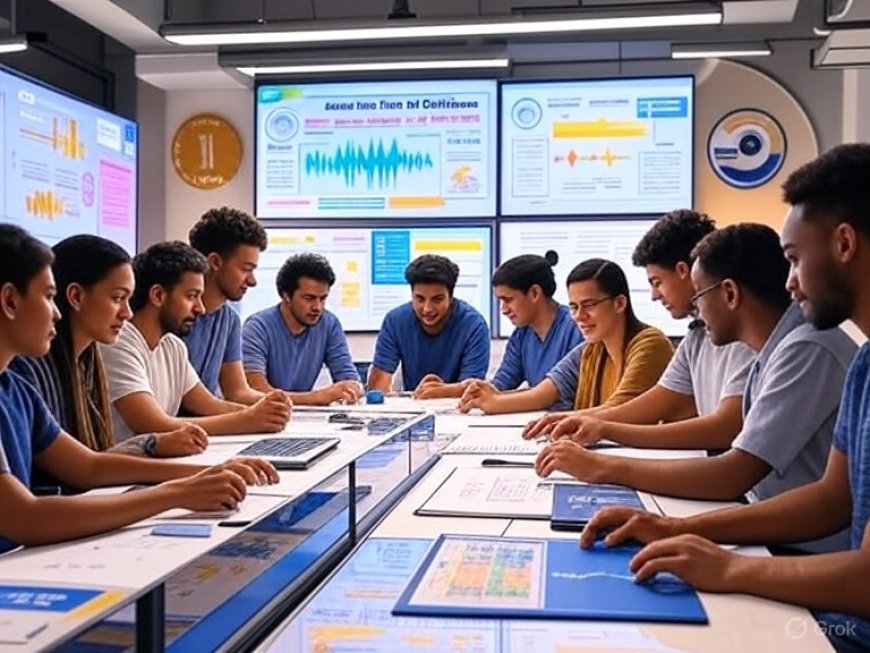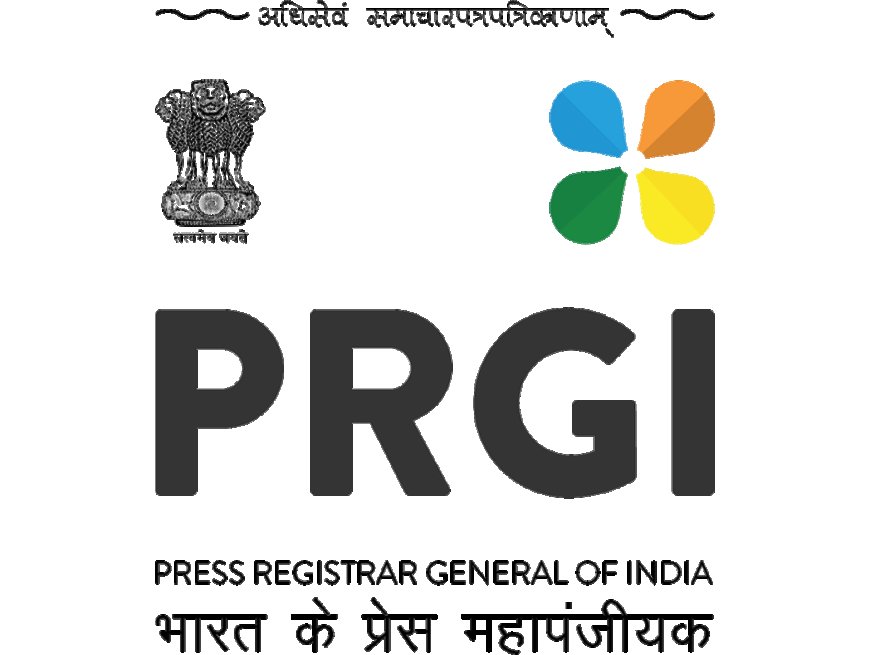Kalaa Setu AI Challenge: India’s Bold Push for Multilingual Digital Innovation
The Ministry of Information & Broadcasting has launched the Kalaa Setu AI Challenge, inviting Indian startups to develop real-time tools for multilingual content transformation, marking a major step in democratizing digital access.

India Launches Kalaa Setu AI Challenge to Revolutionize Multilingual Content Creation
In a significant push to deepen India’s digital and linguistic inclusivity, the Ministry of Information & Broadcasting (MIB) has officially launched the “Kalaa Setu” AI Challenge—a national-level competition aimed at inviting startups, researchers, and innovators to develop cutting-edge AI tools that translate or transform text-based content into regional-language audio, video, and infographic formats in real time.
This initiative is closely aligned with the goals of Digital India and Ek Bharat Shreshtha Bharat, as well as the government’s broader push to strengthen AI-driven innovation in the vernacular content ecosystem. It is a signal that the next frontier of public communication lies in inclusive, accessible, and real-time digital storytelling.
Why Kalaa Setu? The Cultural and Technological Imperative
India is a linguistically diverse country with 22 officially recognized languages and hundreds of dialects spoken across its vast expanse. While the digital revolution has transformed urban communication, language barriers still exclude millions from accessing government services, educational content, and public awareness campaigns.
The Kalaa Setu AI Challenge aims to bridge this communication divide by fostering the creation of AI-based platforms that can:
-
Translate government texts and press releases into regional languages in natural spoken formats
-
Convert lengthy documents into interactive audio-visual summaries
-
Generate infographics and videos from textual input to increase visual literacy and outreach
-
Enable real-time social media localization for public campaigns
Who Can Participate and What Are the Expectations?
The challenge is open to Indian startups, academic teams, AI researchers, and independent developers. Participants are expected to submit working prototypes or fully developed solutions that can process content into:
-
Multiple Indian languages
-
Text-to-Speech (TTS) and Speech-to-Text (STT) modules with native fluency
-
Visual transformation, including animations, motion graphics, or infographics
-
AI-driven summarization for content brevity and adaptability
-
API-based delivery systems for easy integration with government and media platforms
Tools developed through this challenge could find immediate application across platforms such as MyGov, PIB, DD News, and other regional broadcasters, enhancing real-time citizen engagement.
Strategic Vision: Democratizing Digital Communication
The name "Kalaa Setu" itself underscores a deeper philosophical and cultural agenda—a bridge (Setu) for art and expression (Kalaa) that empowers every Indian citizen to connect with information in their mother tongue. As India marches towards its centenary of Independence in 2047, the government is laying the foundation for an inclusive digital landscape where no voice is left unheard due to language barriers.
Officials from MIB have noted that the challenge isn't just about translation—it's about transformation. The goal is to enable cultural nuances, context, and emotional tonality to be captured effectively in every regional interpretation.
AI for Bharat: Aligning with India’s Digital Goals
The Kalaa Setu AI Challenge directly complements recent government AI initiatives like:
-
Bhashini, the National Language Translation Mission
-
IndiaAI, a comprehensive AI strategy focusing on data governance and ethics
-
Digital India Bhasha Stack, aiming to create foundational language models in Indic languages
These efforts represent India’s commitment to becoming a global AI hub that serves its diverse population. By aligning content generation tools with India’s multilingual identity, the Kalaa Setu challenge is poised to transform how public messages are delivered, understood, and acted upon—especially in rural and Tier-2/3 cities.
Use Cases and Potential Impact
If successfully implemented and scaled, the innovations arising from this challenge could:
-
Empower farmers and rural communities with voice-enabled updates in their dialects on schemes, weather forecasts, or training modules.
-
Assist students in regional-medium schools with multilingual educational videos and AI-generated infographics.
-
Support election commissions in delivering guidelines and voter education materials in local languages.
-
Aid in disaster management, with AI-based real-time alerts in native tongues through audio, visual, and text formats.
-
Enable regional media to automate translation of government news for local broadcast.
Challenges Ahead: What Needs to Be Solved
Despite the excitement, there are technical and linguistic hurdles that developers must navigate:
-
Accent and dialect recognition within languages like Hindi or Bengali, which differ significantly by region
-
Building emotionally resonant TTS systems that don’t sound robotic or generalized
-
Ensuring data security, especially when integrated with government communications
-
Managing real-time performance without compromising accuracy or cultural context
The Ministry has expressed interest in open-source collaboration, suggesting that winning entries could be scaled through public-private partnerships, ensuring long-term utility beyond the scope of the challenge.
Voices from the Ground: What Startups Are Saying
Several Indian AI startups and university incubators have expressed interest in the Kalaa Setu challenge. Speaking to developers at a Bangalore-based AI lab, the sentiment was optimistic:
“This is an opportunity to build for Bharat, not just for India. The need to communicate across language divides has never been more urgent,” said Anamika R., co-founder of a vernacular video-tech firm.
Another Delhi-based design-tech firm added:
“What excites us is the visual translation angle. Imagine turning a pension scheme circular into a one-minute animated story in Bhojpuri. That’s the kind of social impact that lasts.”
Conclusion: A Digital Leap Towards Inclusive Governance
The Kalaa Setu AI Challenge is not just a call for innovation—it’s a call for inclusion. At a time when language should not be a barrier to accessing opportunity or information, India is taking proactive steps to harness homegrown AI for societal good.
By incentivizing developers to build scalable, intuitive, and emotionally intelligent content transformation tools, the government is laying the groundwork for a multilingual digital future—where every Indian, regardless of region or literacy level, can access their rights, resources, and stories.
As India transitions into the next stage of its digital evolution, challenges like Kalaa Setu aren’t just about tech—they’re about trust, culture, and connection.









